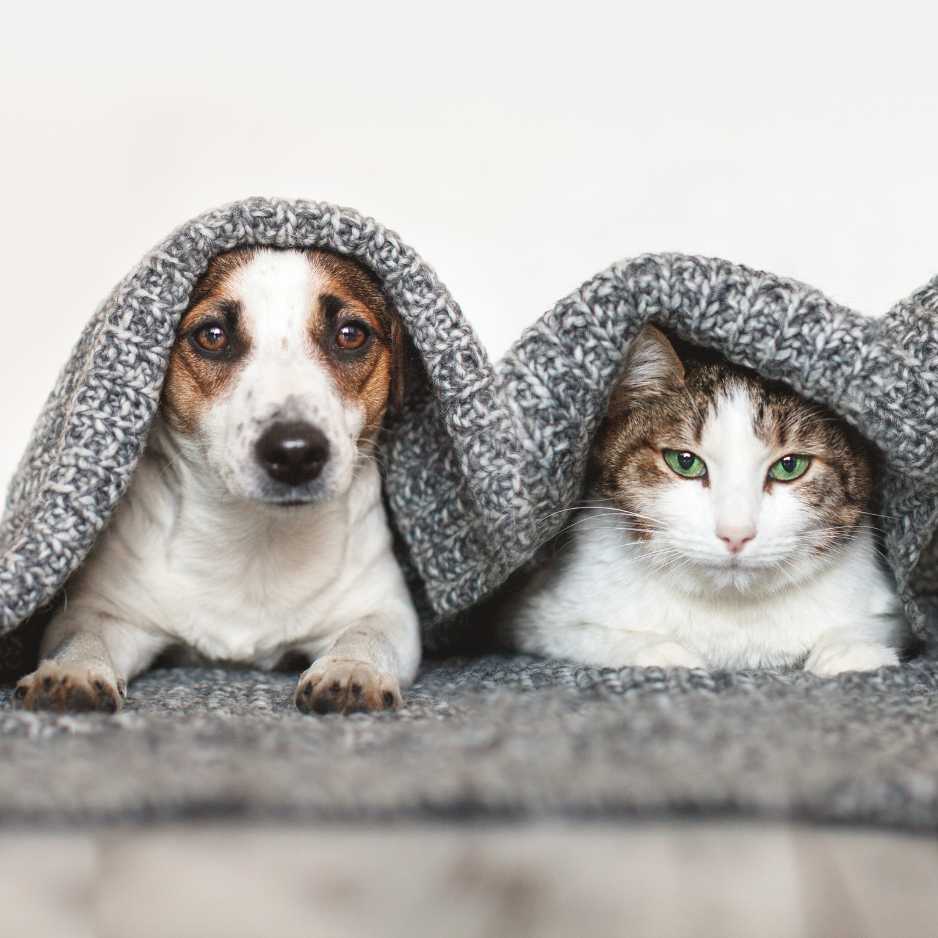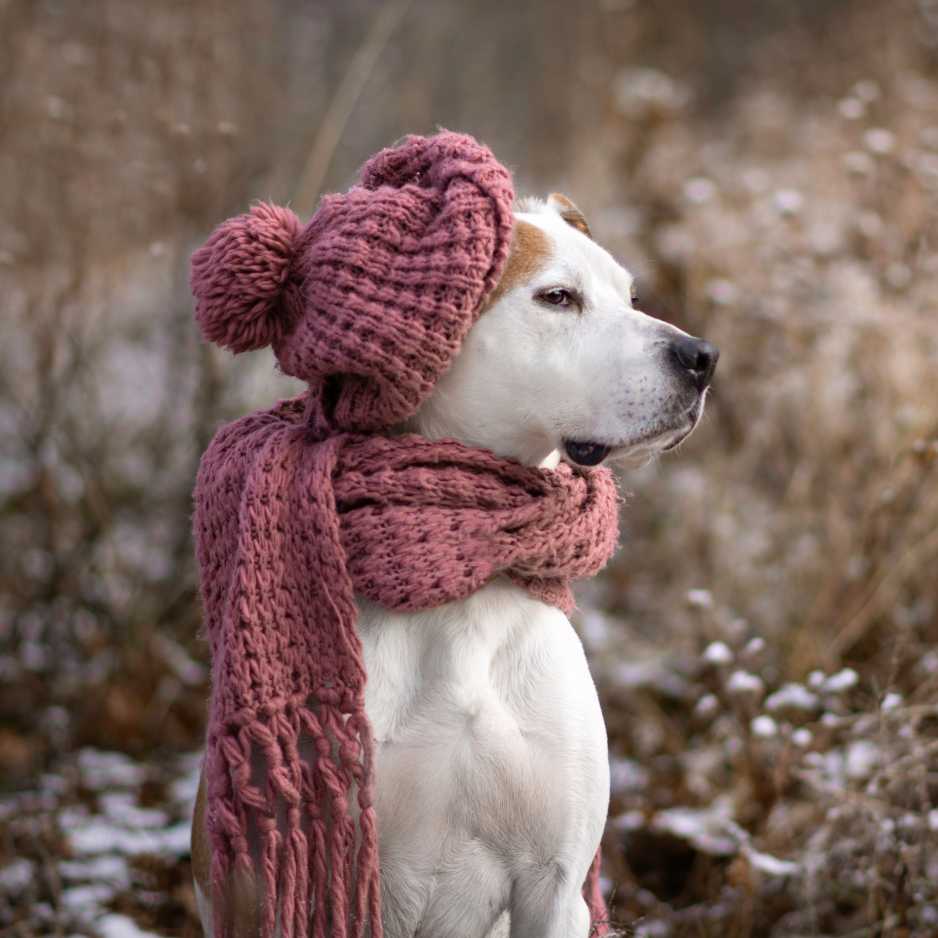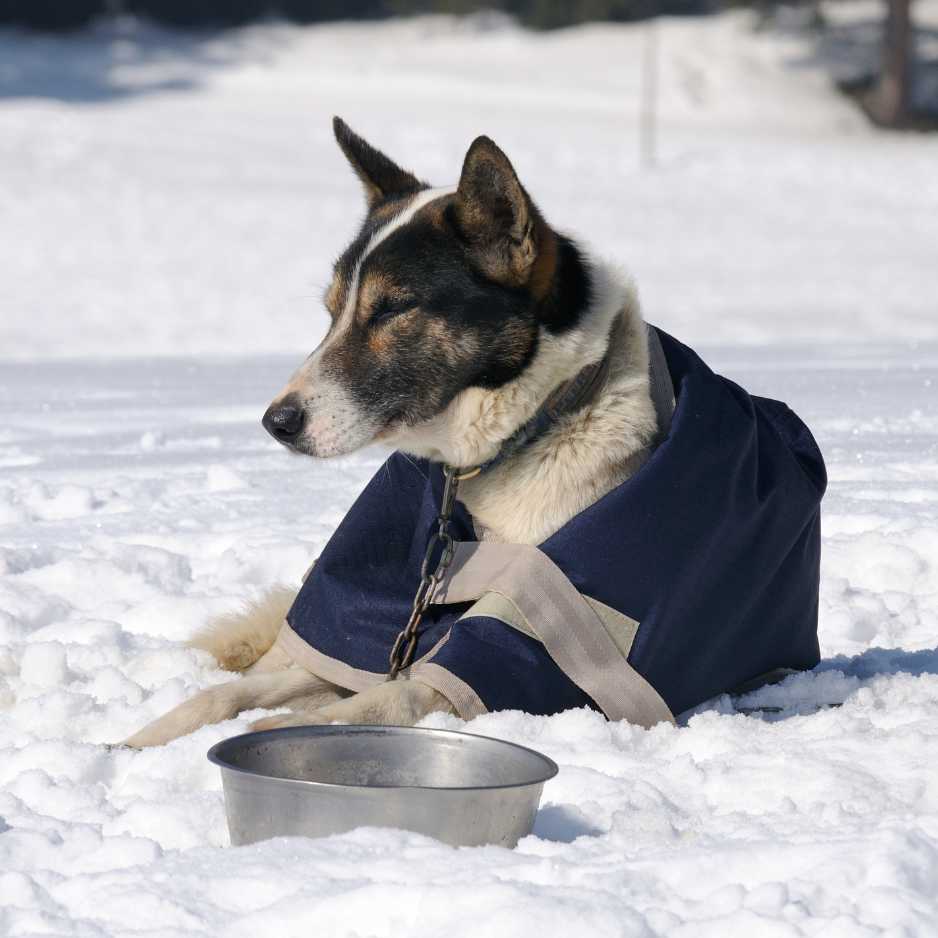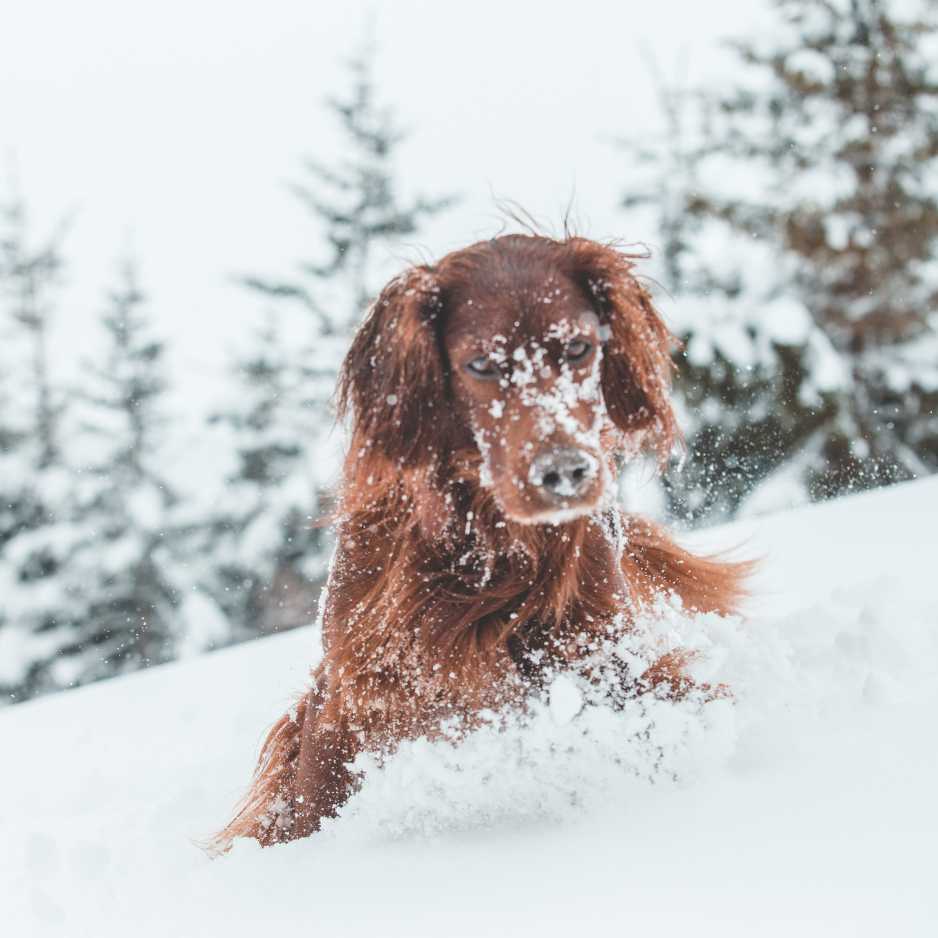Winter brings unique challenges for dog owners. While it’s a beautiful time of year, the cold weather poses certain risks for your furry friends. Just like us, dogs need special care to stay safe and healthy in winter. In this blog, we’ll discuss the various aspects of winter dog care, from recognizing risks to providing proper protection, so your dog can enjoy the season comfortably.
Understanding Winter Risks for Dogs

Winter weather can be harsh, especially for dogs not used to the cold. Here are some of the most common risks:
- Cold Weather: Dogs can suffer from hypothermia and frostbite just like humans. Breeds with short fur, older dogs, and puppies are especially vulnerable to cold weather.
- Frostbite and Hypothermia: When a dog’s body temperature drops too low, it can cause hypothermia. Frostbite is another risk, particularly for the extremities such as paws, ears, and tails.
- Paw Problems: Snow and ice can get stuck between your dog’s paw pads, causing discomfort. Additionally, ice melt and salt can irritate the skin and even lead to burns or poisoning if ingested.
Proper Winter Gear for Dogs

To keep your dog comfortable, consider investing in winter-specific gear:
- Dog Jackets or Sweaters: Not all dogs have thick fur to protect them from the cold. Breeds with short or thin coats (like Greyhounds or Chihuahuas) will benefit from wearing a dog jacket or sweater.
- Booties: Protect your dog’s paws with booties. These not only provide warmth but also shield your dog from harmful salt, ice, and cold surfaces. Ensure the booties fit well and are comfortable for your dog to walk in.
- Reflective Gear: Winter days are short, and darkness falls early. If you walk your dog in the evening or early morning, consider using a reflective dog belt or collars so your dog remains visible to others.
Tips for Protecting Your Dog Outdoors

When walking your dog during the winter months, here are key safety tips:
- Limit Outdoor Time: If the temperature is extremely low, it’s best to limit your dog’s outdoor exposure. Shorter walks or bathroom breaks might be necessary, especially for more sensitive dogs.
- Avoid Frozen Bodies of Water: Dogs can easily slip on ice, or worse, fall into a frozen pond or lake. Avoid these areas during walks.
- Paw Checks After Walks: After each walk, check your dog’s paws for ice, snow, or any salt accumulation. Gently clean the paws with a damp cloth to prevent irritation.
- Adjust Your Walking Routine: To avoid the coldest parts of the day, aim for walks in the late morning or early afternoon when temperatures are usually higher.
Creating a Warm and Safe Indoor Environment

Keeping your dog warm inside is just as important:
- Provide a Cozy Spot: Designate a warm and comfortable place for your dog to rest, away from drafts or cold areas.
- Heated Dog Beds or Blankets: If your house is particularly cold, consider using heated dog beds or thermal blankets to provide extra warmth.
- Avoid Drafts: Block drafts from windows or doors in areas where your dog spends a lot of time. Dogs can easily catch a chill from sitting in drafty spots.
- Hydration and Skin Care: Winter air is dry, so ensure your dog stays hydrated to avoid dry skin and dehydration. Consider using a humidifier to add moisture to the air inside your home.
Nutrition Adjustments for Winter

Your dog’s diet may need slight adjustments during the colder months:
- Proper Nutrition: Ensure your dog is receiving the right amount of nutrients, particularly if they’re more active during the winter. Dogs tend to burn more calories in colder weather, so you may need to increase their food intake slightly.
- Adjust for Activity: If your dog is less active in winter, maintain their usual feeding routine to avoid weight gain.
- Hydration is Key: It’s easy to overlook hydration in winter, but your dog still needs plenty of water, especially if the air is dry. Check their water bowls regularly and ensure they’re drinking enough.
Health Checkups and Preventive Care

Winter can take a toll on your dog’s health, so it’s important to stay proactive:
- Regular Vet Visits: Ensure your dog is up-to-date with their vaccinations and health checkups. Cold weather can weaken their immune system, so it’s important to address any health concerns early.
- Watch for Signs of Illness: Monitor your dog for symptoms of hypothermia (shivering, lethargy, weakness) or frostbite (pale, cold extremities). If you suspect any issues, contact your vet immediately.
- Flea and Tick Prevention: Don’t assume that winter weather eliminates the need for flea and tick prevention. These pests can still be active in certain environments, so keep your dog protected year-round.
Winter Safety for Dogs: Other Tips

Here are a few additional tips to ensure your dog stays safe during winter:
- Avoid Antifreeze Poisoning: Antifreeze is toxic to dogs, and unfortunately, it’s easy for them to ingest it during winter. Be cautious when walking near parked cars or in garages, as small spills can be deadly.
- Recognize Cold Stress: If your dog is shivering, acting anxious, or appears to be slowing down during a walk, they may be too cold. Bring them inside and warm them up as soon as possible.
- Winter Grooming: Regular grooming is still important during winter. Avoid giving your dog long baths, as this can strip their skin of essential oils and cause dryness. Always ensure they are completely dry before going outside.
Conclusion
Keeping your dog safe during winter is crucial for their health and happiness. By understanding winter risks, providing proper gear, and maintaining a warm indoor environment, you can ensure your dog enjoys the season to the fullest. Remember, a little extra care goes a long way in protecting your furry friend from the cold. Stay proactive, and you’ll have a winter full of cozy moments with your pup!








